PART 1.1
The risk of smallpox was accepted as just an unfortunate part of life. Getting sick was a person’s fate. But in the late 1700s, Dr. Edward Jenner saw things differently and applied a “cause and effect” mindset. After years of observation, he was convinced that having cowpox protected people from contracting smallpox.
PART 3.3
Many different organizations were involved with immunizations brought together by The Task Force for Child Survival starting in 1984. But this coalition fell apart in the 1990s when the agency heads, who had been effective collaborators, turned over. They had to rebuild the coalition that had worked under the auspices of The Task Force.
PART 5.1
In the battle to eradicate smallpox in India in 1974, finding and containing thousands of outbreaks was the key to getting smallpox under control. In mid 1974, the number of new outbreaks was starting to decrease slightly. The strategy of surveillance and containment - which included a massive workforce, tireless efforts, and rewards for identifying new cases - was paying off. But then we started to notice that members of previously vaccinated families were still coming down with smallpox. We should not have been seeing these new cases.
PART 7.2
One of the most challenging things for vaccinations is reaching those who live “at the end of the road”—those who are geographically isolated due to distance or living in hard to access regions. A well-functioning delivery system is one that reaches the patient at the point-of-care. Such a system is essential for adequate access to and availability of vaccines. But, while across Africa, governments and donors are investing billions of dollars to strengthen health systems and make affordable medicines available, government supply chains often struggle to get medicines and supplies through the last mile to the health facilities and to the people who need them most.





